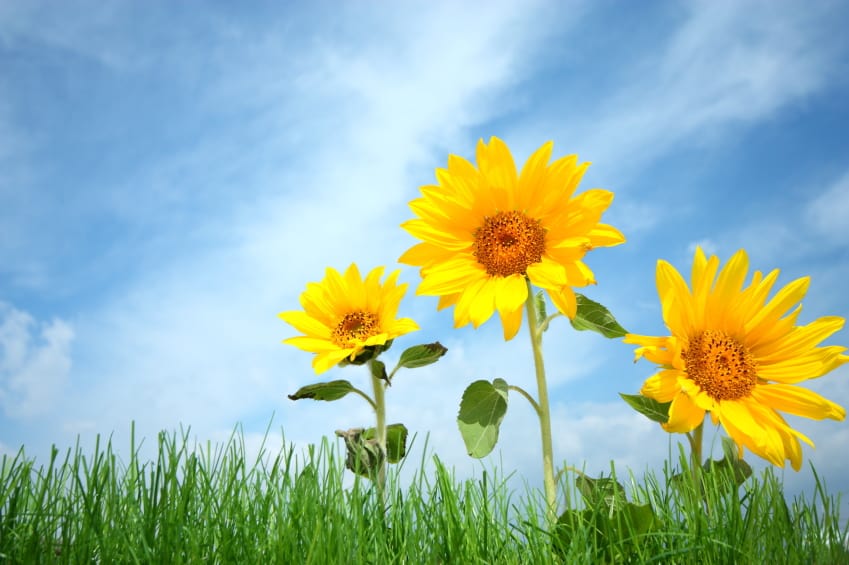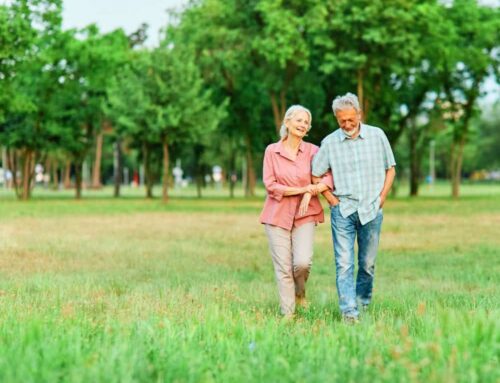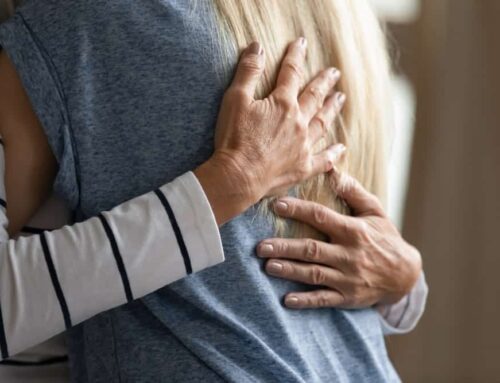A sizeable number of people opt for cremation over burial these days. In fact, the rate is as high as 60 percent in some states. Many choose cremation to cut down on costs associated with burials, but cremation offers other considerable benefits.
In addition to low costs, cremation has less of an impact on the environment than a traditional burial. Here are five eco-friendly benefits of cremation:
Table of Contents
Cremation doesn’t require a casket.
Unlike a burial, cremation does not require a casket or a headstone, making it a cost-effective and eco-friendly choice. Cutting down on natural materials such as wood, stone, and metals needed for caskets, headstones, and other memorial structures benefits the environment as well as your pocket book.
Cremation doesn’t require space in the earth.
A burial not only requires a casket, but also requires space in a cemetery or a mausoleum. Cemeteries in many places have a limited amount of space available, and some are running out of space or suffering from overcrowding. Cemeteries must expand or new ones must be created to accommodate burials. Scattering remains or keeping cremated remains in an urn preserves space. eliminates cemetery costs, and lessens the environmental impact.
Scattering cremated remains is eco-friendly.
A scattering service or burial at sea is a natural way to return cremated remains back to the earth. Some people wish to scatter remains off the coast. If you decide to scatter ashes, follow EPA guidelines and your local laws for burials at sea and scattering ashes in public places.
Choose a biodegradable urn for burial.
If you choose not to scatter the remains, opt for a biodegradable urn. Some urns on the market are made of biodegradable and water-soluble materials. Select a sustainable urn, which uses cremated remains as a planter for trees, flowers, or a small garden, as a burial alternative.
Choose a functional urn.
For a permanent resting place for your loved one, choose to “upcycle” cremated remains by incorporating them into a functional keepsake. Have cremated remains turned into art pieces, furniture, cement tiles, hourglasses, or a number of other functional objects. These keepsakes can be passed down through generations.





